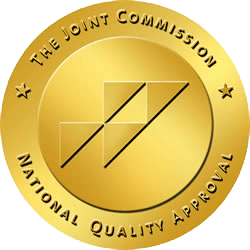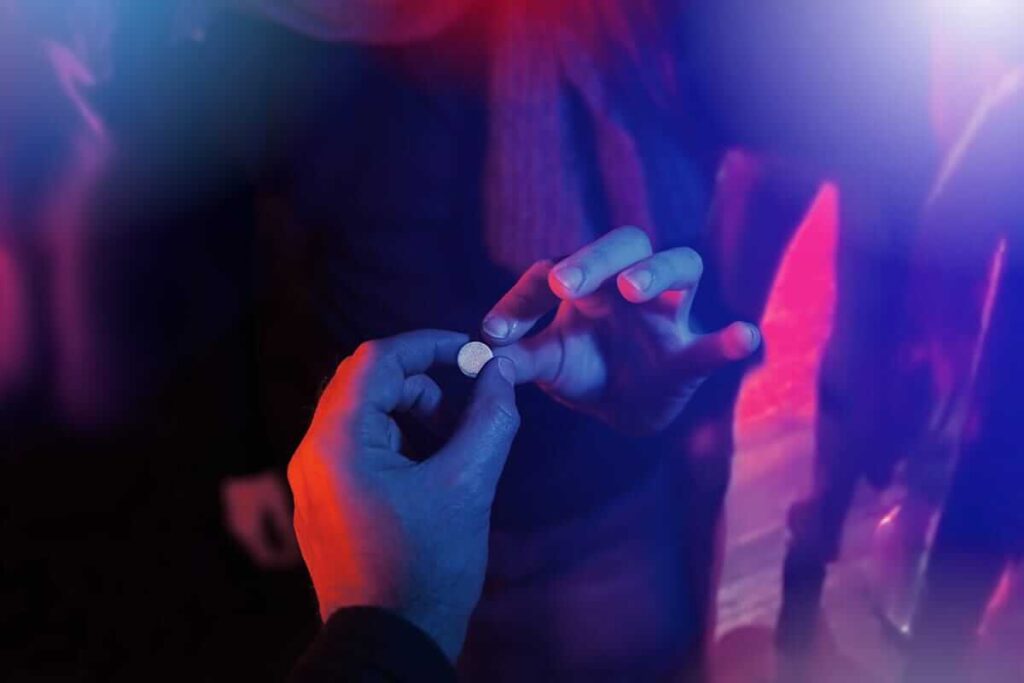Recreational drugs are widely available. Substance abuse and mental health issues impact nearly half of all Americans. During adolescence and young adulthood, your brain is still developing. Centers related to decision making may not fully develop until 26, meaning young people are especially prone to engage in risky behaviors and experimental drug use, like the molly drug. Young people are more likely to socialize at venues like parties and clubs, where substances like alcohol, marijuana, and the molly drug are typically widely available. Electronic music events, music festivals, and raves are also known for widespread ecstasy use and the molly drug. Molly is very similar to ecstasy and poses similar dangers and risks, including addiction. This is why teen drug addiction treatment in California exists.
What is Molly Drug Addiction?
So, what is molly drug, and why is it dangerous? The molly drug is pure MDMA, which is also the main active ingredient in ecstasy. Molly is typically available in a powder form but may also come in a crystallized form. Many times, molly is cut with other substances which can make the molly extremely dangerous. Users typically snort or swallow the drug. Molly is a type of neurotransmitter inhibitor. MDMA, which is responsible for the intoxicating effects of the molly drug, causes your brain to release excessive amounts of serotonin, dopamine, and norepinephrine. These neurotransmitters cause a rush of pleasurable feelings. When the effects of molly wear off, your brain is suddenly depleted of neurotransmitters that are essential to emotional regulation and mood. MDMA and the molly drug are both physically and psychologically addictive. Both create feelings of happiness, empathy, social connectedness, and increased energy. MDMA can also increase sexual desire, lower inhibition, and cause disorientation. Taking too much MDMA can lead to a fatal overdose. The risks associated with molly and MDMA include:
- Teeth grinding, jaw problems and dental issues
- Paranoia and anxiety
- Cognitive impairment, such as memory loss
- Increased heart rate
- Dehydration and increased body temperature
- Neurodegeneration and long-term brain damage
How Can You Treat Molly Addiction?
Molly is both physically and psychologically addictive. Teens that abuse molly face additional risks because teen brains are still maturing and developing. Molly creates a complex interaction with the brain. Overdosing or taking too much molly can lead to brain lesions, which can cause permanent changes and damage to your serotonin centers. If you become physically dependent on molly, you can experience withdrawal symptoms when you stop using. The most severe symptoms can include depression and anxiety, which can increase suicidal ideation. Molly addiction is treated with a mix of evidence-based treatments and holistic remedies. Cognitive and dialectic behavioral therapy are valuable tools that can help you change negative thinking patterns, better understand the root of your emotions, and find ways to control thoughts, feelings, and actions.
Getting Help Today
While the molly drug is a recreational drug, it carries serious risks, including addiction. If you or your loved one is struggling with a substance abuse problem or molly addiction, finding help is essential to recovery. Destinations for Teens, the leading teen drug addiction treatment center California offers, we’re here to help your family navigate the treatment and recovery process. Call us today at 877.466.0620 to find out more information on our nationally recognized programs catered to young adults and teens.


